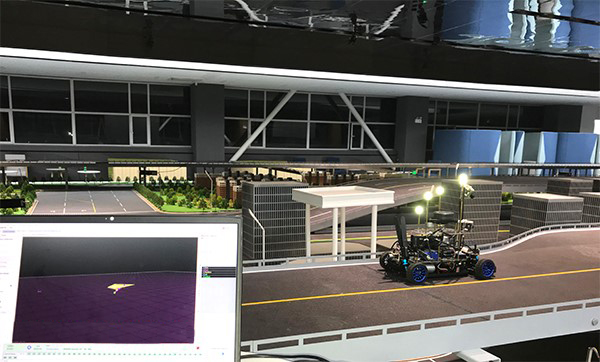With the improvement of various sensing technologies and computer computing capabilities, highly intelligent assisted driving systems and unmanned driving systems are gradually becoming a reality.

The key technologies of intelligent driving can be summarized as three parts: perception, planning and control, in which vehicle perception by sensors is the basis of intelligent driving. Sensors equipped with vehicles can be divided into three categories: positioning sensors, self-induction sensors and environmental sensors. Positioning sensors can obtain the absolute positioning of vehicles in the world and local, usually using GPS or GPS fusion of other sensor data for positioning; Self-induction sensor uses odometer, IMU, etc. to obtain the current state of vehicle speed, acceleration and steering angle; Environmental sensors use external sensors such as ultrasonic, laser and vision to sense information such as road signs, obstacle positions, traffic signs and other vehicle distances and moving speeds. Different sensors are fused to make decisions, and then control the vehicle to perform automatic driving behavior.

Considering the danger of immature intelligent driving functions and the large space required by actual vehicle experiments, Changchun FAW-Volkswagen developed the sand table of urban intelligent transportation model driving system to meet the demonstration needs of intelligent driving system. Model vehicles are equipped with various sensors used by real vehicles, which simulate intelligent driving behaviors such as automatic start-stop of vehicles, automatic identification of signal lights, automatic personnel detection, obstacle recognition, automatic lane change and overtaking in actual traffic scenes. Because GPS can't provide vehicle positioning information in indoor environment, the intelligent driving sand table system uses NOKOV optical 3D motion capture system to provide real-time position information for model vehicles.
NOKOV optical 3D motion capture system can obtain the 3D coordinates of markers on the model car in real time, and then determine the position, velocity and acceleration information of the rigid body of the model car. Engineers fuse motion capture data as positioning data with other sensor data to realize intelligent driving demonstration of model car in sand table.

Changchun FAW's urban intelligent transportation system has used five model cars for joint demonstration. The motion capture system can distinguish vehicles by identifying their markers, and can support synchronous collection of more than 30 model cars (rigid bodies) at the same time.